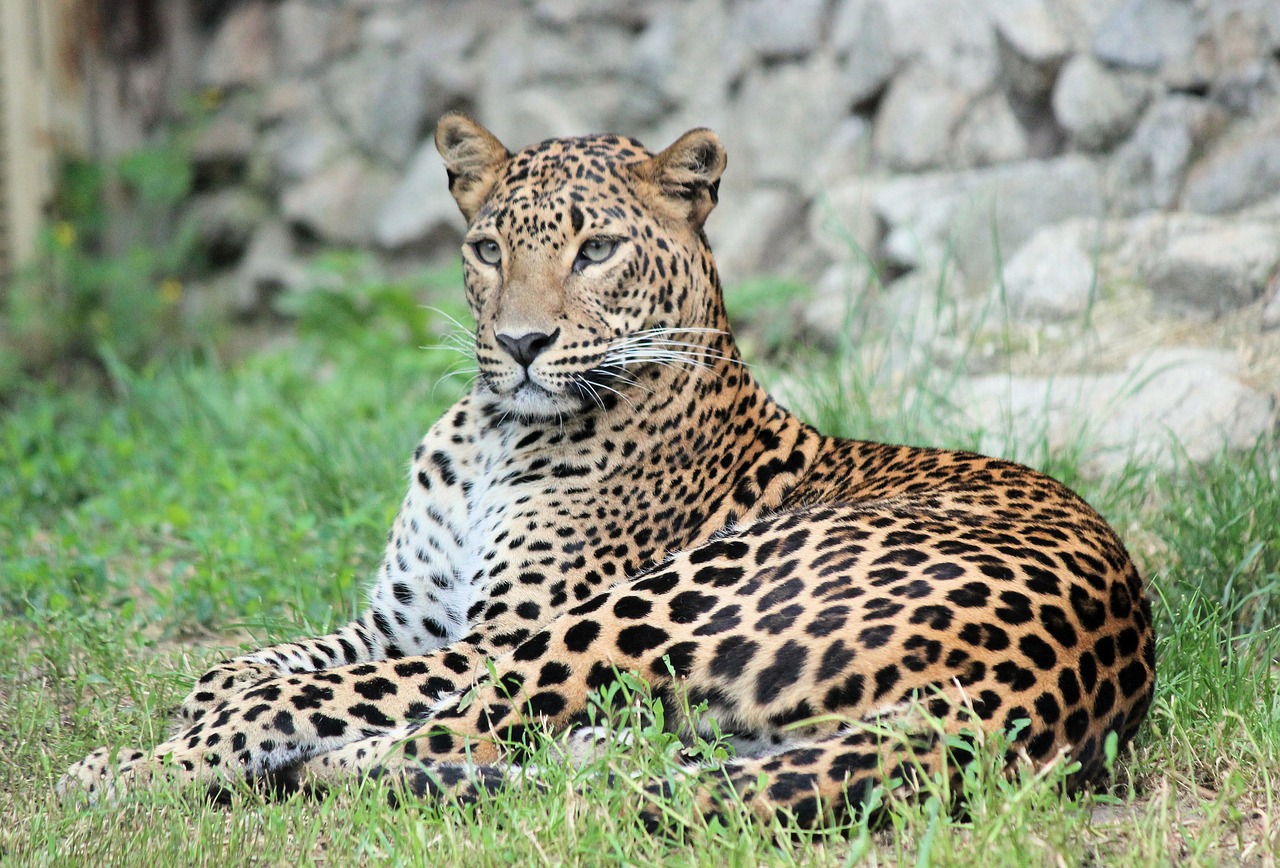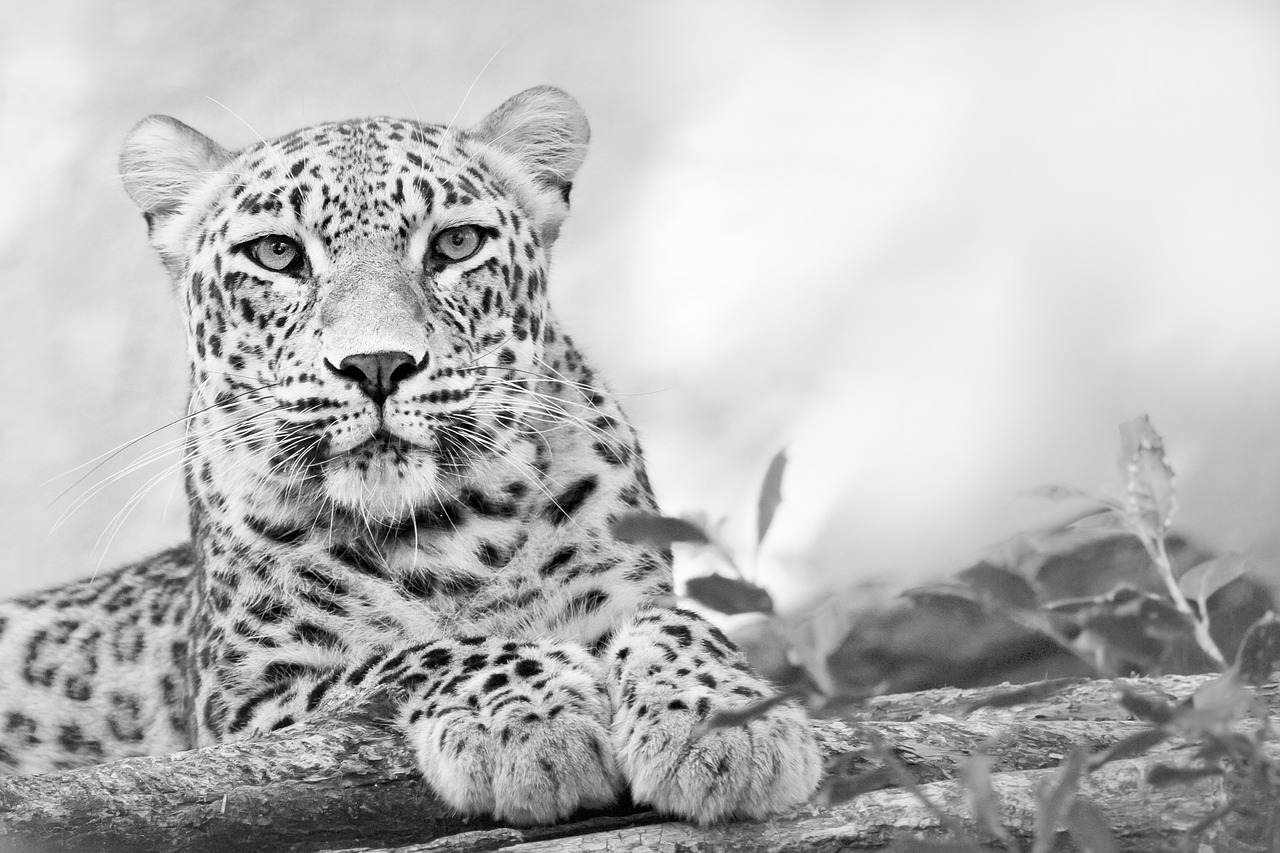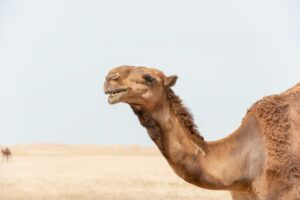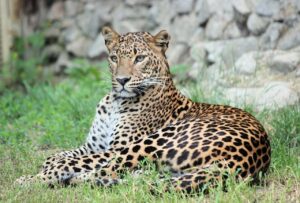The Arabian leopard: The endangered jewel of the Arabian Peninsula

More than 500,000 years ago, the Arabian leopard, scientifically named Panthera pardus nimr, settled in various parts of the Arabian Peninsula and Egypt, coming from Africa.
Despite being placed on the International Union for Conservation of Nature’s Red List of the most endangered animals in the Arab region, the Arabian leopard is still seen in Yemen, Saudi Arabia, and Oman.
The United Nations website mentions in the latest information published in February 2024, citing the International Union for Conservation of Nature, that the number of Arabian leopards remaining in the wild does not exceed two hundred.
The United Nations declared February 10th as World Arabian Leopard Day in a decision made by its General Assembly in June 2023.
Arab countries see the Arabian leopard as a cultural significance and a natural historical heritage, and therefore they have addressed the issue of its extinction and have initiated initiatives through their specialized institutions to preserve its existence, increase its numbers, and protect it in its environment.
Saudi Arabia has also established a special fund for it in the Al-Ula Governorate as part of the “Saudi Vision 2030” strategy, which “aims to enhance environmental sustainability and develop the non-profit business sector in Saudi Arabia,” according to the fund’s official website.
What do we know about the Arabian leopard?
He is a small-sized felid, the smallest compared to other tigers in Asia and Africa, but he is the largest predator in the Arabian Peninsula. His size is about half that of his African counterpart.
The male weighs between 24 and 34 kilograms and the female weighs between 18 and 23.5 kilograms.
The male’s length ranges from 1.8 to 2.3 meters, while the female’s length ranges from 1.6 to 1.82 meters.
Currently, it exists in the wild in certain areas of Oman, Saudi Arabia, and Yemen.
He lives in the mountains and rocks and climbs them gracefully, with his long tail helping him maintain balance while climbing.
He benefits from his color and the spots on his body to camouflage and hide from his prey, and he is distinguished by his lighter colors compared to other felines of his kind.
Arabian leopards feed on mammals that live in the region, such as rabbits, porcupines, and deer, in addition to rodents and birds.
But the shrinking of wild areas and the scarcity of prey have led them to attack livestock and pets, which exposed them to hunting and killing.
Arab initiatives to protect and increase its numbers
In December 2024, the female leopard “Ward” gave birth to three cubs after the male “Bahr” arrived from the Sultanate of Oman to contribute to the breeding of the Arabian leopard.
The Royal Commission for AlUla Governorate in Saudi Arabia announced at that time the birth of the triplets, raising the number of tigers at the breeding center in the governorate to 33 tigers.
This happened after efforts that began in 2019, when Crown Prince Mohammed bin Salman personally inaugurated a nature reserve project to protect the Arabian leopard in the Al-Ula region in northwestern Saudi Arabia.
Bin Salman sponsored the establishment of the Global Fund for the Protection of the Arabian Leopard at the end of 2020.
The environmental security forces warned, according to several local Saudi newspapers, that the penalty for hunting the Arabian leopard can reach 400,000 riyals, which is approximately equivalent to 100,000 dollars.

In the Sultanate of Oman, where the southern Dhofar Mountains are an important habitat for the Arabian leopard, the authorities pay great attention to its preservation and study.
The Environment Conservation Office in the Sultanate is active in preserving the lineage of this tiger and is establishing a reserve to monitor, study, and protect it.
He also raises awareness among the locals to prevent its hunting.
And the Sultanate of Oman established natural reserves where the local leopard exists and contributed to setting up projects to study it.
The authorities in the country also took the initiative to compensate the livestock owners whose animals were preyed upon by the tiger.
And established a special center for the breeding of the Arabian leopard.
In the UAE, the ruler of Sharjah, Sultan bin Muhammad Al Qasimi, launched an initiative in 2014 titled “Conservation of the Arabian Leopard in the Environments of the Arabian Peninsula.”
The initiatives also include preserving the natural habitat of the tiger’s prey, such as deer, so that tigers can find food and thrive in their habitat.
It is well known that tigers are animals that live far from humans and do not easily approach their habitats, but a lack of food sometimes forces them to come closer to human environments.
In April 2020, the Public Authority for Environmental Protection in Yemen formed a committee to protect the Arabian leopard, aiming to put an end to its hunting practices.
The Yemeni Cabinet had made a decision in 2009 to adopt the Arabian leopard as a national symbol of the Republic of Yemen.
The government prohibited its hunting or killing in a decision issued in 1995, under number 26.
Reports confirm the spread of the Arabian leopard in several Yemeni governorates, including Dhale, Abyan, Amran, Hajjah, and Mahra.
But its protection and preservation policies are not sufficient compared to neighboring countries.
In recent years, activists have circulated images of Arabian leopards killed in Yemen multiple times, and the General Authority for Environmental Protection has spoken about them.
Among them is a photo of a tiger killed in Yafa in May 2023.
In July 2021, local newspapers reported the killing of two tigers in Abyan Governorate, southern Yemen.




